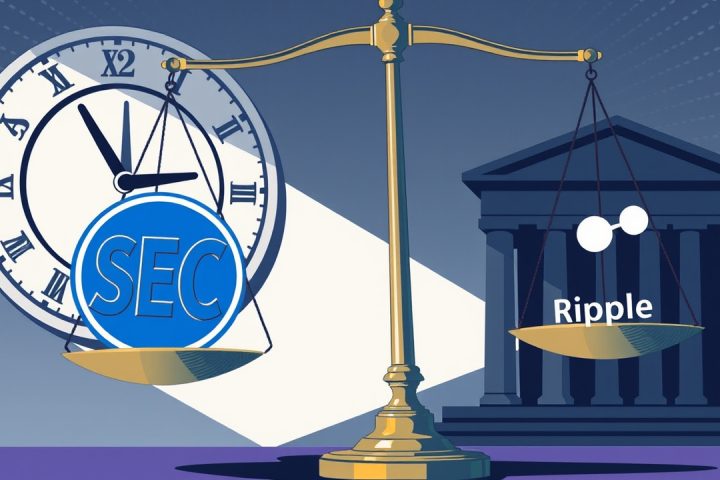Introduction
On May 19, 2025, the U.S. Senate voted in favor of the GENIUS Act, officially known as the Guiding and Establishing National Innovation for US Stablecoins Act, with a decisive tally of 66 to 32. This significant legislation represents the first federal attempt to establish a cohesive regulatory framework for stablecoins in the United States. However, the bill has yet to be enacted, pending approval from the House of Representatives and signature from the President. If it becomes law, the ramifications for stablecoin issuance and usage could be extensive.
The GENIUS Act distinctly classifies stablecoins as payment stablecoins—digital currencies that are directly linked to legal tender such as the U.S. dollar and intended for payment or settlement purposes. Specifically, the value of these payment stablecoins must be maintained at a one-to-one ratio with legal currencies, specifically the U.S. dollar. In order to ensure trustworthiness, stablecoins must be underpinned by verified and transparent reserve assets, excluding any form of algorithmically stabilized or volatile cryptocurrencies. Users retain the flexibility to convert these stablecoins into legal tenders at any moment, reaffirming their role strictly as payment mechanisms rather than speculative instruments.
Issuer Regulation
Under the proposed GENIUS Act, stringent criteria are established for entities that wish to issue or distribute stablecoins within the United States, regardless of whether they are based domestically or internationally. For U.S.-based issuers, only a limited number of institution types would qualify. Furthermore, foreign issuers targeting the U.S. market will be required to adhere to U.S. regulatory standards. The intent of the legislation is to incorporate stablecoin issuances into the broader regulatory landscape akin to conventional financial services, enhancing security and transparency to counter any potential exploitation or risks to the financial system.
Reserve Requirements and Transparency
The GENIUS Act stipulates that for every stablecoin issued, there needs to be a secure asset worth $1 held as a reserve. Acceptable underlying assets comprise cash and short-term U.S. Treasury bonds, whereas risk-laden securities, like stocks, are prohibited. The legislation mandates that these reserve assets be kept segregated from any operational funds of the issuing companies to ensure they are not misappropriated for investments or loans. Additionally, the bill explicitly forbids stablecoins from providing any form of interest to users—emphasizing their utility purely as a payment product without investment attributes. This raises the possibility that traditional banking institutions might seek to innovate within the stablecoin arena without directly offering interest, leveraging customer experience enhancements to remain competitive.
Monthly disclosures regarding reserve asset status are mandated, requiring affirmations by senior executives and oversight by reputable accounting firms to ensure compliance. For firms that issue stablecoins exceeding $50 billion, an annual financial audit will be necessary to validate asset integrity and protect user interests.
Compliance and Consumer Safeguards
All issuing companies are required to adhere to anti-money laundering (AML) measures as per the Bank Secrecy Act, aligning them with the obligations placed on traditional financial institutions. They must establish comprehensive compliance infrastructures to thwart illegal activities like money laundering and terrorism financing. Importantly, issuers must possess capabilities to freeze or restructure accounts upon government or court directives, safeguarding the market from potential abuses. Foreign companies aspiring to penetrate the U.S. market with stablecoin offerings must also comply with local AML laws—the failure of which could result in sanctions from the U.S. Treasury.
Consumer protection is a cornerstone of the GENIUS Act. The measures enhance transparency regarding reserve disclosures and eliminate misleading advertising that could equate stablecoins with government-backed bank deposits. Should issuers encounter financial challenges, the Act prioritizes user funds in the liquidation process, enhancing security for consumers.
Market Implications
The enactment of this legislation would serve to reshape the current landscape of stablecoins substantially. By clarifying compliance standards, it creates favorable conditions for highly regulated stablecoins like USDC and PYUSD that adhere to disclosure and reserve requirements, thereby enhancing user trust and regulatory acceptance in real-world transactions. Conversely, stablecoins lacking transparent regulatory frameworks could face operational constraints, diminished liquidity, or even relegation in the U.S. market.
In summary, while immediate shifts in market dynamics can be anticipated as these regulations come into focus, the long-term trajectory as dictated by the GENIUS Act is toward a more secure and standardized evolution of the stablecoin ecosystem, reinforcing their foundation as payment solutions rather than speculative financial instruments.




